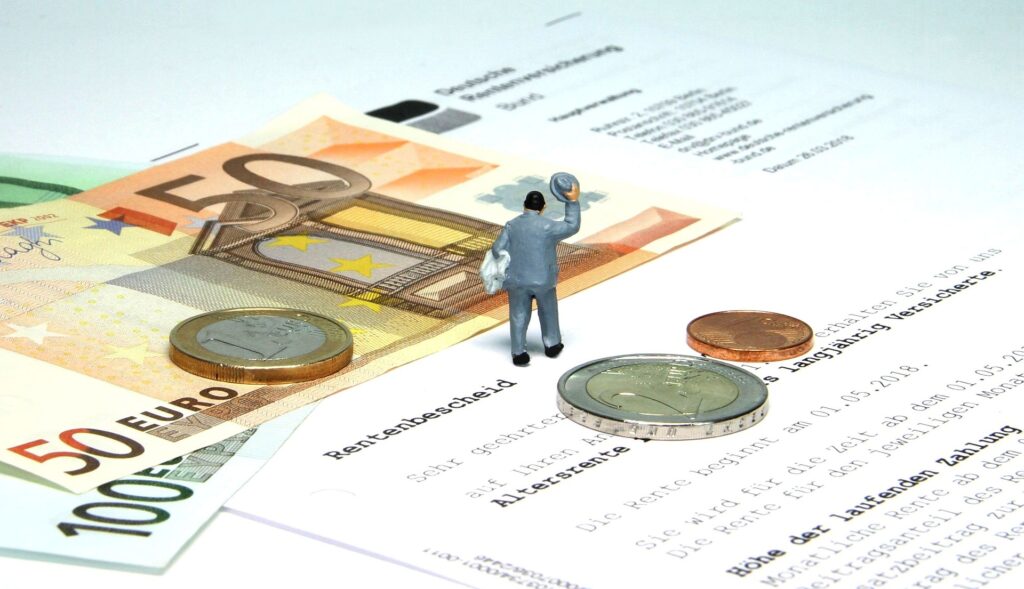Around 4.6 million people in Austria are Roman Catholic. However, the number of people leaving is increasing. In 2023, 85,000 people left the church. The church’s contribution is likely to be the reason for many people leaving.
In 2023, the Catholic Church recorded a slight increase in church contribution income – we are talking about an increase of almost 11 million euros in one year. The majority of the church’s income comes from church contributions. In 2023, this amounted to 511.03 million euros, compared to 499.98 million euros in the previous year, 2022. With a total income of 696.2 million euros in 2023, the church contribution accounts for over 73 percent. This balance sheet was published by “Kathpress” on Wednesday, September 18.
Where do the church contributions go?
So what are these 500 million euros used for? The press release states: “Around two thirds of the budget secures the church’s basic structure and pastoral care. According to the 2023 statement of accounts, a total of over 471 million euros was spent on parishes and pastoral tasks, which corresponds to over 64 percent of total expenditure.”
This is how much churchgoers have to pay
The church contribution is due to change in the coming year 2025. The church contribution for 2025 is also likely to amount to 1.1 percent of income, i.e., the contribution base. A general deduction of 59 euros will also be deducted from this. This means that the more you earn, the higher your church contribution will be. If no proof of income is available, the church contributions are estimated. Pupils and students without income, apprentices, and civilian and military service personnel do not pay church contributions. Those who receive childcare allowance, unemployment benefits, or compensatory allowances pay a lower contribution. There are also reductions for sole earners or single parents.
Church contribution tax deductible
The church contribution is tax-deductible. It is considered a special expense. Since 2024, up to 600 euros of church contribution payments per person have been tax-deductible. The Catholic Church assures: “For average incomes, the tax savings amount to a good third of the church contribution.” Federal Minister Susanne Raab on the announcement of the change at the end of 2023: “We are thus taking an important measure to relieve the burden on believers in times of inflation and inflation in their contribution to church and religious communities.” You can find out more in Church contributions: This is how much money you can claim as a tax deduction from 2024.
This will change for church contributions in 2025
What is changing with church contributions? From 2025, the Catholic Church in Austria will allow its members to dedicate half of their church contribution to a specific purpose. This means you can decide where the money goes and use it to support the areas of activity close to your heart. “The other half of the church contribution will continue to be used as a solidarity contribution to the basic financing of parishes and church institutions,” says the ‘Kathpress’ press release.
Earmarking will be introduced
You can choose from the categories parish church, cultural church, pastoral church, young church, family church, social church, environmental church, proclamation church, educational church, or world church. The categories offered may vary from diocese to diocese. In principle, all ten or only a selection will be provided. The new model of earmarking will be implemented throughout Austria, with the 2025 church contribution notification at the latest. It is already in force in some dioceses.
Frequently asked questions
Who has to pay church contributions?
Everyone baptized as a Catholic is of legal age, resides in the diocese, and has income, subject to the church contribution obligation. Nationality is irrelevant.
How much is the church contribution?
The church contribution is 1.1 percent of income. A general deduction of 59 euros is deducted from this. The higher the income, the higher the church contribution. If no proof of income is available, the contribution is estimated.
Who does not have to pay a church contribution?
Pupils, students without income, apprentices, and civilian and military service personnel do not pay a church contribution. People with childcare allowance, unemployment benefit, or compensatory allowances pay a lower contribution. Even single
- source: 5min.at/picture:
This post has already been read 4140 times!



